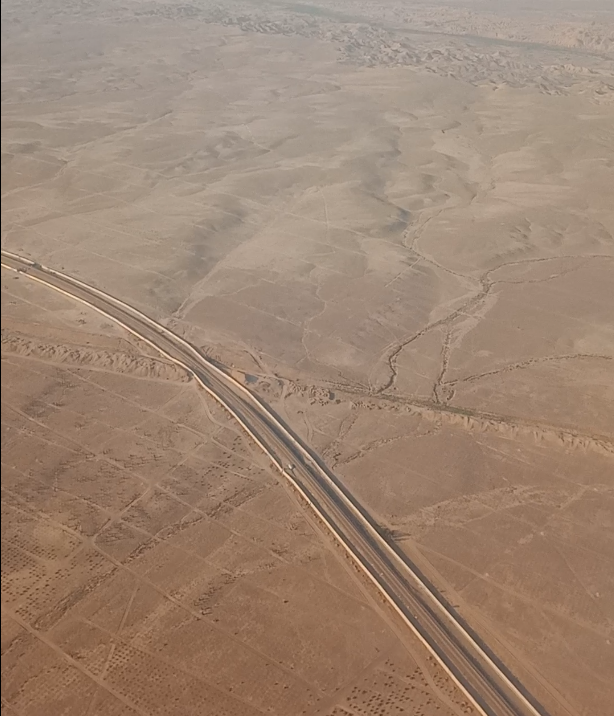Understanding Risks
- Identify Local Hazards: Understand the types of natural hazards common to your area (e.g., earthquakes, floods, hurricanes, wildfires).
- Research Historical Data: Look into past occurrences and patterns of natural hazards in your region.
- Risk Assessment: Evaluate the potential impact on your home, workplace, and community.
Emergency Planning
- Develop a Plan:
- Create an emergency plan for your family or organization.
- Include evacuation routes, meeting points, and communication strategies.
- Assign Roles: Ensure everyone knows their responsibilities during an emergency.
- Practice Drills: Regularly conduct drills to familiarize everyone with the plan.
Emergency Kits
- Basic Supplies: Water, non-perishable food, flashlights, batteries, and a first aid kit.
- Communication Tools: A battery-powered or hand-crank radio and a list of emergency contacts.
- Personal Items: Medications, essential documents (in a waterproof container), and cash.
- Protective Gear: Masks, gloves, and sturdy footwear.
- Tools: Multipurpose tool, duct tape, and a whistle.
Strengthening Your Home
- Structural Improvements: Reinforce your home to withstand hazards, such as installing storm shutters or securing heavy furniture.
- Utilities Safety: Learn how to shut off utilities like gas, water, and electricity.
- Fire Safety: Install smoke detectors and fire extinguishers; clear vegetation near your home in wildfire-prone areas.
Staying Informed
- Alert Systems: Sign up for local emergency alerts and warning systems.
- Weather Monitoring: Use reliable sources to monitor weather conditions.
- Community Resources: Know where to access shelters, medical aid, and other resources during an emergency.
Post-Event Recovery
- Safety First: Avoid hazardous areas and follow official guidance.
- Damage Assessment: Document damage for insurance claims and repairs.
- Emotional Support: Seek help if experiencing stress or trauma following a disaster.
